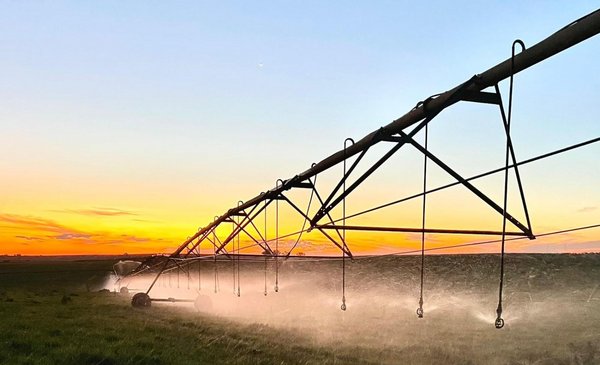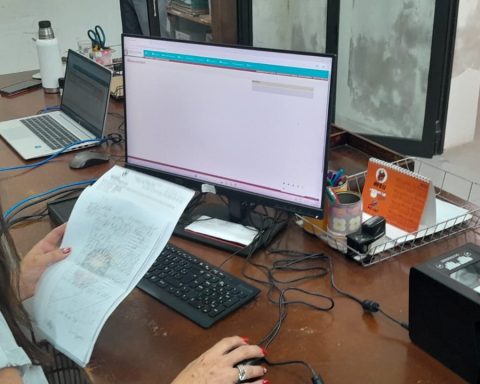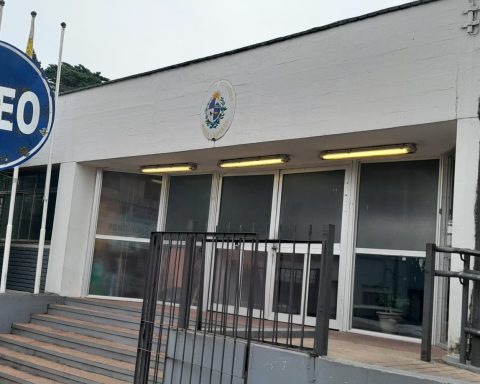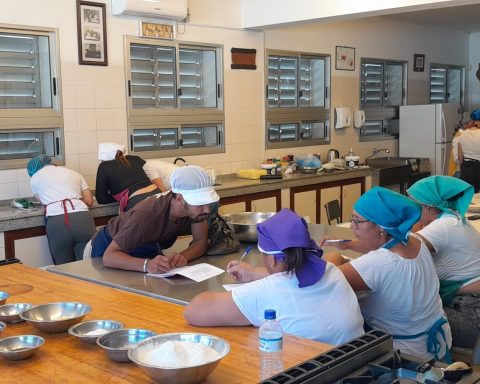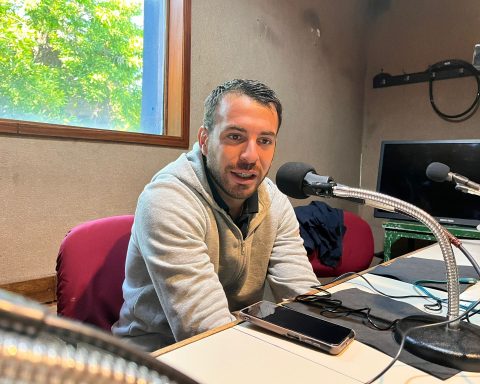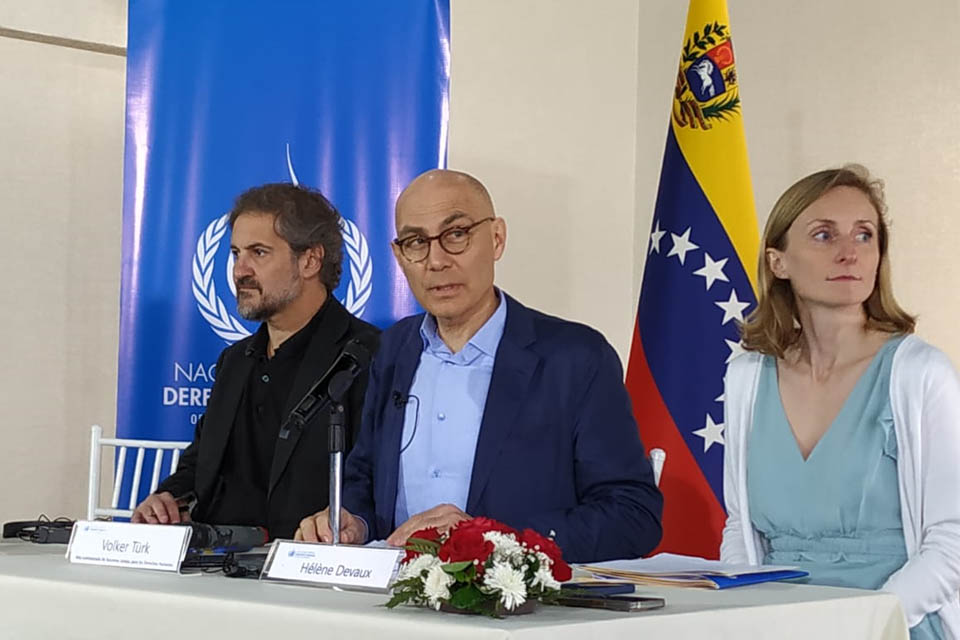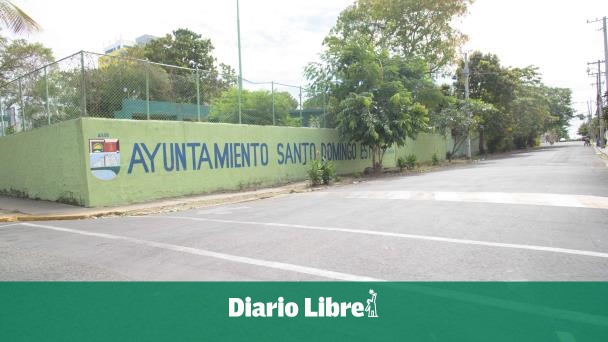In a tour of land affected by drought the Minister of Livestock, Agriculture and Fisheries (MGAP), Fernando Mattos, reflected that There are people who wonder why the fields are not irrigated when there is a water deficit. access to water does not depend on the will of the producer, but in large part of the costs. Based on that, The Observer carried out a survey on how much it costs to have water in the field.
Water management is an important part of the economic scheme of producers, since the development of production depends on its availability.
A $60,000 pot
The excavated tanks They are an irrigation alternative used by farmers. Antonella Gordillo, a carrot producer, explained that Opening a lagoon requires an investment of between US$35,000 and US$50,000. These wells are filled with rainwater, and in their case the facilities are drying up due to the lack of rainfall. In these months, on his farm the consumption of water for irrigation increased 30%.
In addition, an electric pump is needed that costs US$ 2,300. The installation of one hectare (ha) of pipes and sprinklers (with couplings and hoses) costs US$5,000 and the electrical installation between US$5,000 and US$6,000.
In total, US$ 63,300 are demanded.
MGAP
Well in the Antonella Gordillo field, affected by the drought.
dig for water
The semi-surgent wells are another option, which cost US$200 per meter excavated. Depending on the area of the country in which that well is made, You can have an investment of US$ 18,200since there are wells 40 meters deep and others 130, explained Martín Mattos, general director of Natural Resources at MGAP.
These wells must be made with a prior geological study and by a company registered with the National Water Directorate (Dinagua).
A difficulty that many producers face is “not knowing what footage to have or what flow (of water) will come out per hour,” said the director. In some cases, the geologists say “you have to click here”, they dig 50 meters and no water comes out, the producer runs out of money to pay for a deeper excavation “and runs out of water”, he said.
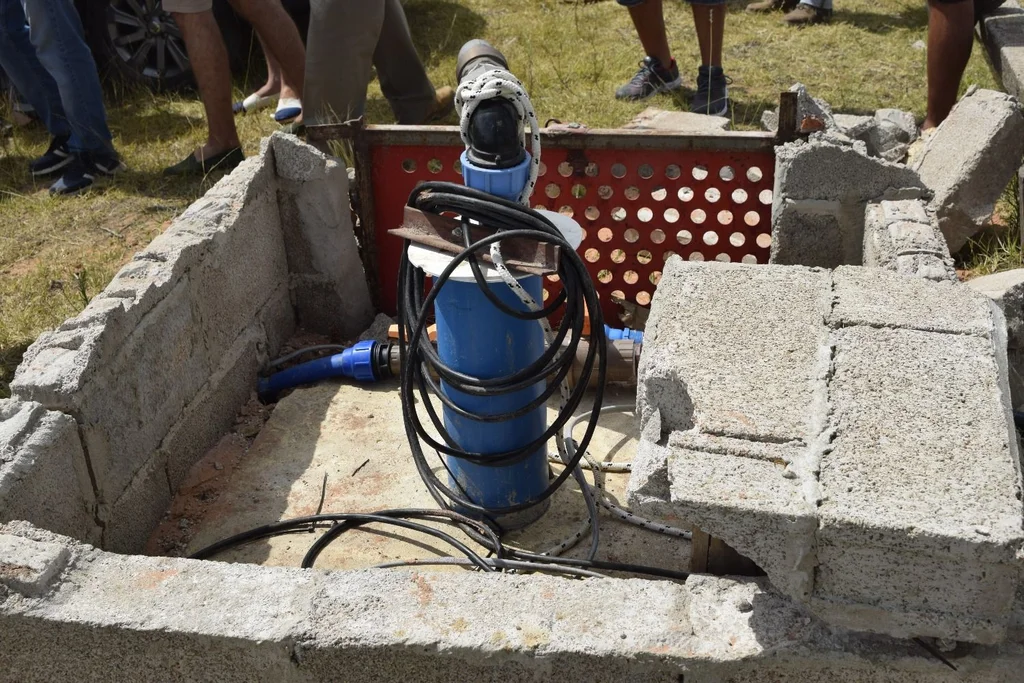
Analia Pereira
Semi-upwelling well at the Mangangá Club, in Tala, Canelones.
During Minister Mattos’s tour of the northeast of Canelones, a case was seen in which a well of this type is used in a community manner. To transport the water to different fields, a cistern is needed, equipment that with a capacity of 2,500 liters costs US$ 4,000. The price of a cistern varies depending on its size and material (if the tank is plastic or steel).
Nicolás Chiesa, general director of the Farm, added that an irrigation system for the farming sectorin the case in which a dam has to be built can cost between $3,500 and $4,000.
The farm also uses the drip irrigation system, which requires an investment of between US$1,500 to US$2,000 per ha.
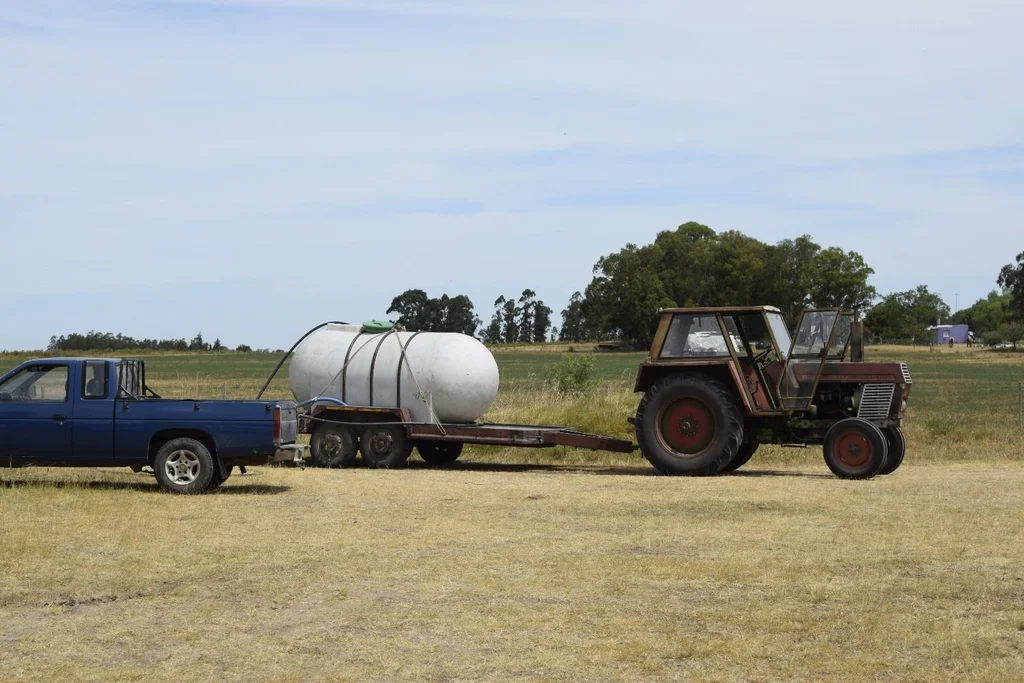
Analia Pereira
Cistern to transport water.
Dams, as water reservoirs, are important to pass times of drought, and it is recommended that the investments be made anticipating the lack of rainMattos commented.
An alternative to store water, mainly in small properties, and which are usually filled with wells, are the australian tanks. These, depending on their size and the civil works they require, have a cost between US$2,000 and US$7,000he explained.
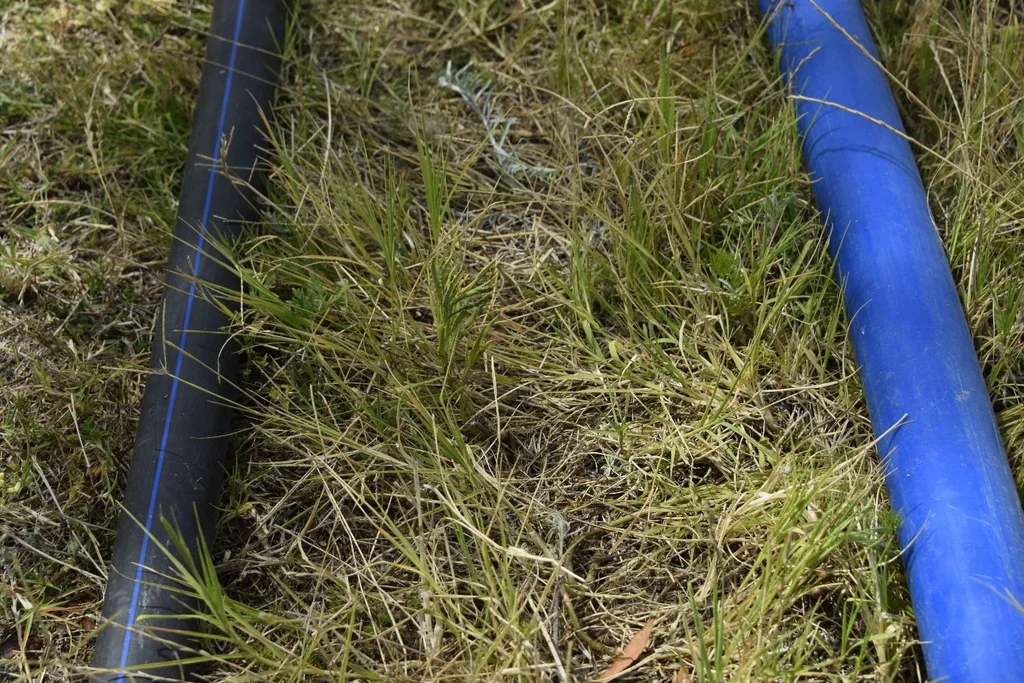
Analia Pereira
In addition to boreholes and pumps, irrigation teams use pipes and hoses.
More light than a town
Pivot irrigation is the most widely used in the agricultural sector. Hernán Masoller, vice president of Regadores Unidos del Uruguay, said that currently Nearly 30,000 agricultural hectares nationwide are irrigated with this technology. In the last year, 8,000 ha of irrigation of this type were added.
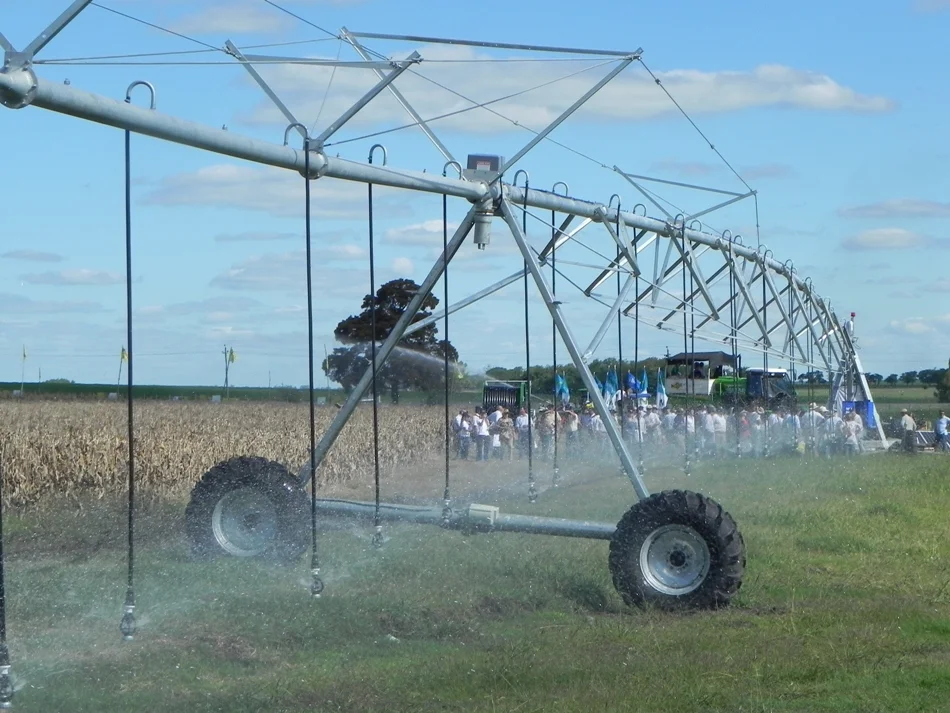
pivot team.
This is a sprinkler irrigation It is used mainly in summer crops, but it is also being implemented – to a lesser extent – in winter crops, since the data shows that productivity is growing. “This irrigation has a great impact on crop yields, with 50 or 60 mm we see an impact of 700 to 800 kilos of product in wheat or barley,” he commented.
To install a pivot, an investment of between US$3,500 and US$3,800 per ha is needed.although the bill may vary depending on the source of water that is available. After the equipment is installed there is an annual cost of US$ 350 per ha.given that each mm of water irrigated costs US$1, for the electrical energy it consumes: between 0.9 to 1KW of power. Currently 350 mm per ha are being used.
“One of the bottlenecks we have is that UTE cannot reach all the fields with that power. A 100 ha capable irrigation system that consumes more than a town. There are places in Uruguay where it is not possible to advance in irrigation projects because UTE does not have enough power”, commented Masoller.
The alternative to the use of electrical energy is diesel, but it has a higher cost.
irrigation for animals
Pivots are also used in livestock, to irrigate pastures. At the Alejandro Gallinal Research and Experimentation Center (Ciedag) of the Uruguayan Wool Secretariat (SUL), this technology is used in an experimental area in which they study how much more meat can be produced with irrigated pastures.
In the center, where there are sheep and cattle, This equipment has an annual cost of US$ 1,000 per ha.recounted the technician Juan Pablo Marchelli, who explained that there are 15 ha irrigated in this way (which means US$15,000 of costs).
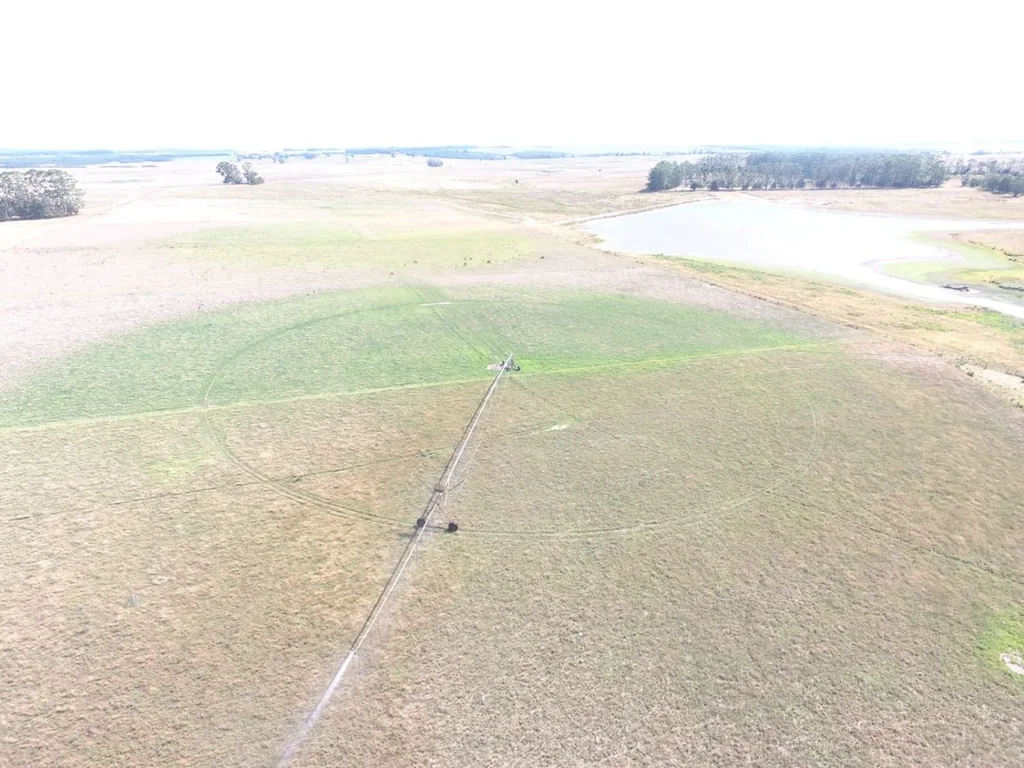
SOUTH
Pivot irrigation in Ciedag, SUL
Less than 2% of the “tambos de punta” area is irrigated and uses this technology, said Ignacio Goicoechea, a dairy farmer and livestock producer. The area of pastures developed under irrigation is increasing, since “irrigation enhances grass production and its stability,” he said.
With a cost between US$2,500 to US$3,000 per haWith pivot equipment, pastoral-based dairy farms achieve a production of 21 to 22 thousand tons of dry matter per ha, which results in greater milk production, with annual costs of US$ 250 per ha, he explained.
Goicoechea, who was manager of Agronomy at OLAM, stressed that to work with irrigation, it is necessary know howgiven that not every year is watered in the same waythe use of water must be adapted to climate variability.
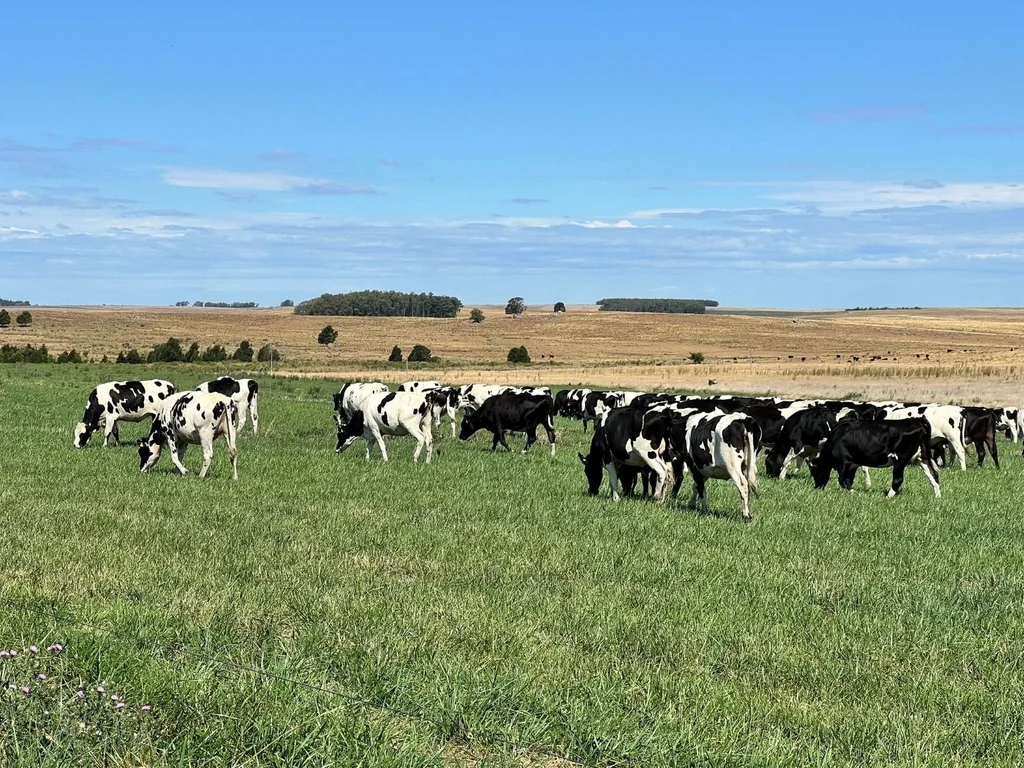
Ignacio Goicoechea
Tambo de Goicoechea in which you can see the difference between an irrigated area and an area without irrigation.
In his farm, Dos Vascos SAS, 60% of the pastures are worked under irrigation. The last three years the establishment had an increase in the demand for water, “but this is the worst of all years,” he said, and maintained that “this year we would not know how to deal with it if we did not have irrigation.”
In addition to the pivots, a gravity solar irrigation. A team pumps 200,000 liters of water per hour, from 10 a.m. to 4 p.m. in summer, which accumulates in a cutwater, from where it is spread over the pastures by gravity and with hoses. The farmer irrigates 10 ha with this technology, at a cost of US$1,500 per ha.
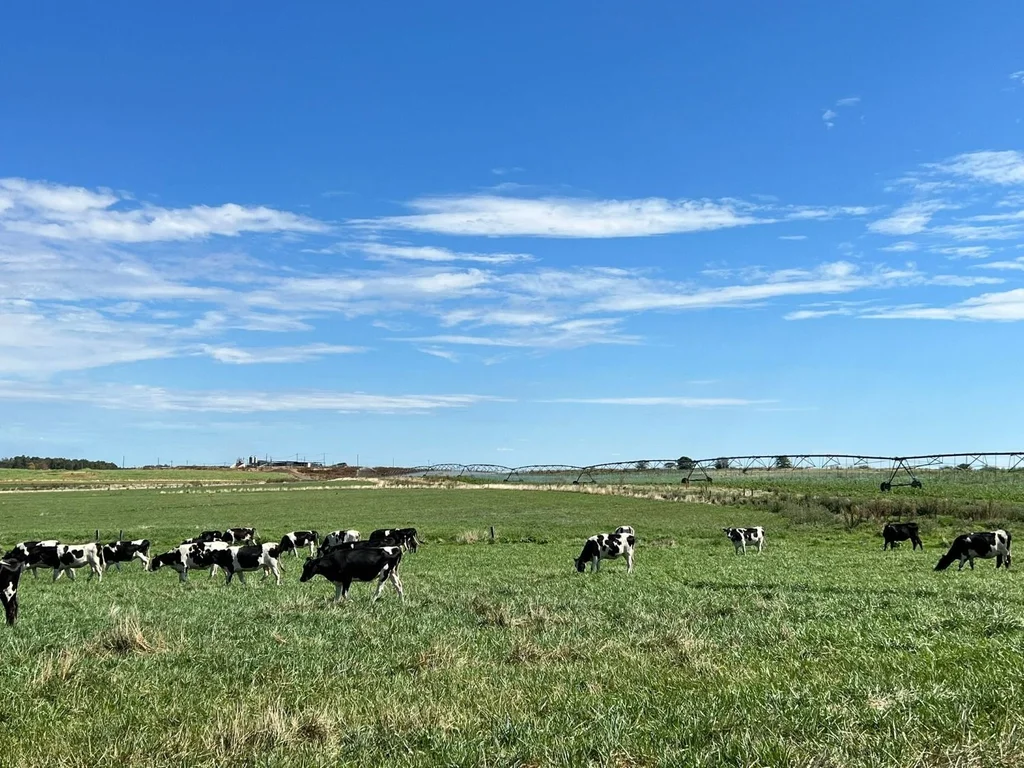
Ignacio Goicoechea
flowing water
A superficial type of irrigation is the one that is done by unevenness, which is generally used in the rice sector and in some cases for pastures. In Ciedag, for example, two hectares are irrigated in this way, at a cost of US$600 per hectare.
The vice president of Regadores Unidos del Uruguay commented that there is data that shows that for some productions this irrigation is more inefficient than the pivot. While with a spray equipment, 1 meter3 Of water the plants absorb between 65 and 80%, in irrigation due to unevenness that percentage drops to 50%, he said.
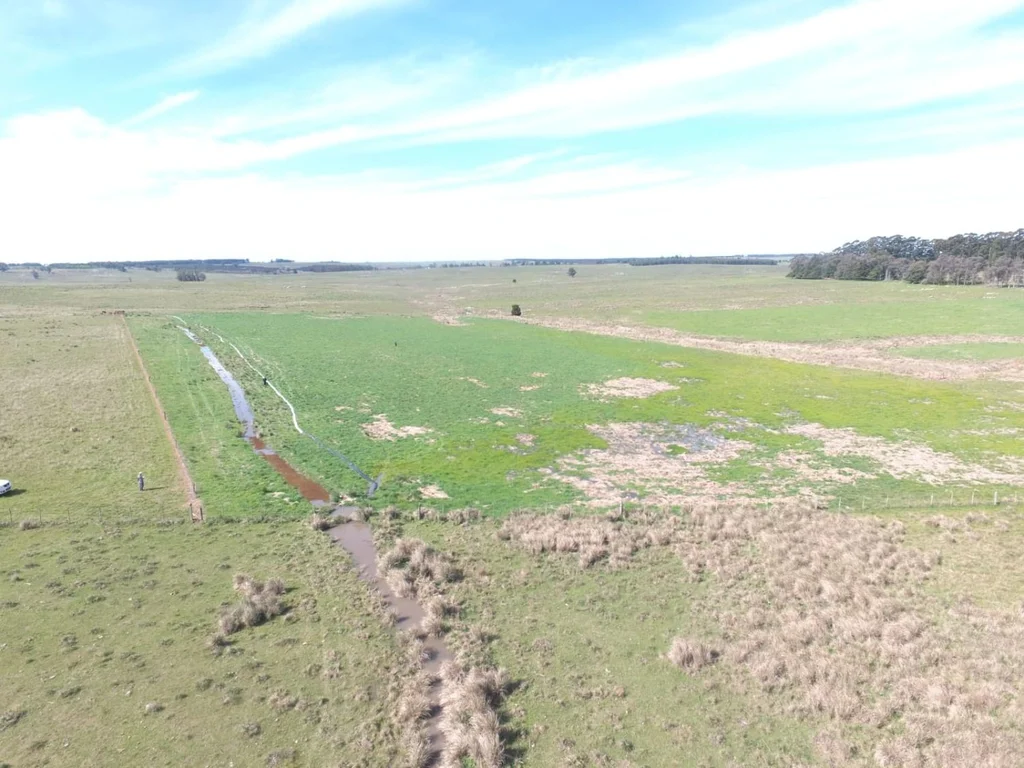
SOUTH
Uneven irrigation at the Ciedag center in Florida.
In rice cultivation, “irrigation comes before planting itself”said Alfredo Lago, president of the Rice Growers Association.
This crop is 100% irrigated “by flood”. Between the cultivation, channels between 7 and 8 meters deep are made through which the water runs. 50% of this irrigation is done by dams, while the other 50% by extraction of water from natural channels. Building a dam requires an investment of between US$3,000 to US$4,000 per ha, he explained, to which must be added a cost of US$150 per ha for the electrical energy used for pumping.
Per ha, the rice sector uses 12 million liters of water for irrigation. In this harvest, due to the water deficit and a higher than average level of evapotranspiration, water consumption increased 20%.

ACA / Alfonso Zorrilla
Flood irrigation in the rice sector
Comap projects
In 2022, 29% of the investment projects that were carried out under the regime of the Commission for the Application of the Investment Law (Comap) corresponded to agriculture. Most were associated with the purchase of agricultural machinery and the installation of irrigation equipment. The largest amounts were in water management projects such as reservoirs, reported the Yearbook of the Office of Agricultural Programming and Policy (Opypa).
